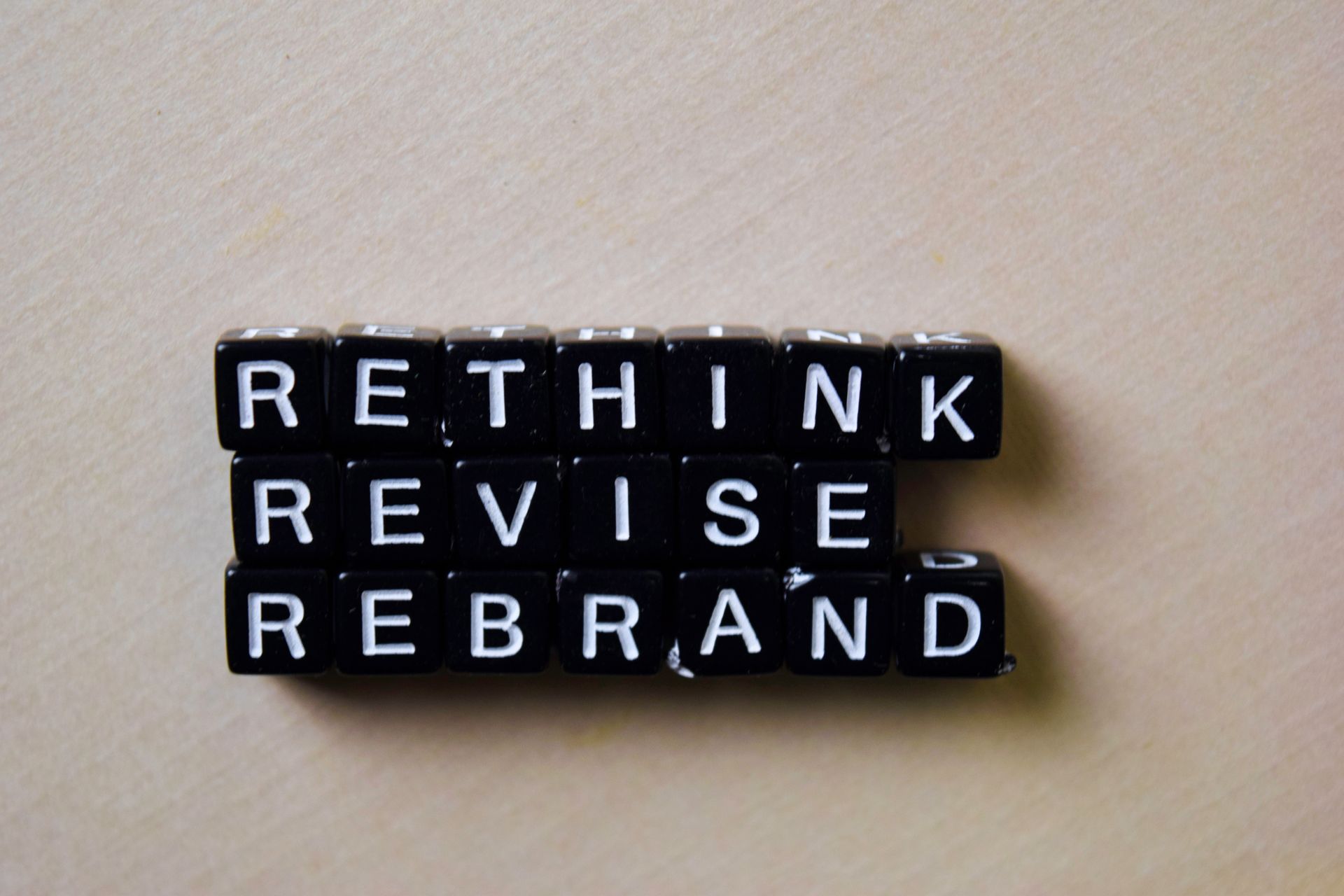Your Brand's North Star
A Guide to Understanding and Implementing Branding Guidelines
Your brand is the face of your business, and it's how your audience perceives you. How you use your brand can make or break your organization. One of the most crucial aspects of brand success is consistency. Brand guidelines are essential to ensure consistency and cohesion in your branding efforts. In this blog post, we will explore the importance of branding guidelines and how to effectively utilize them, using the example of the Tally Branding Guide as a reference.
The Foundation of Your Brand: The Branding Guide
A Branding Guide serves as the cornerstone of your brand identity. It encapsulates everything that makes your brand unique and provides a roadmap for maintaining consistency across all brand touchpoints.
The Importance of Branding Guidelines
- Consistency Across All Platforms: Branding guidelines are crucial for ensuring a uniform and consistent brand presence. Whether it's your website, social media profiles, printed materials, or merchandise, adhering to guidelines guarantees that your brand's identity remains intact.
- Recognition and Trust: A consistent brand presence builds recognition and trust among your audience. Consumers who see your logo, colors, and fonts consistently used develop a sense of familiarity and reliability with your brand.
- Professionalism: Well-defined branding guidelines convey professionalism. They show that your brand is serious about its identity and values, instilling confidence in customers and partners.
- Streamlined Design Process: For designers and marketers, branding guidelines streamline the creative process. They provide a clear framework, saving time and effort while ensuring on-brand designs.
Components of a Complete Branding Guide
- Logos and Variations: Your branding guide should include logo versions, including one-color, two-color, grayscale, and full-color variations. These options ensure your logo looks great in any context.
- Images: Define the types of images that resonate with your brand. Are you using photography, illustrations, or a combination? Include guidelines for image style, composition, and usage to maintain visual consistency.
- Fonts: Specify your branding materials' primary and secondary fonts (hero and support). Provide font sizes, styles, and usage guidelines to maintain typographical consistency.
- Brand Keywords: Establish a list of brand keywords that encapsulate the essence of your brand. These keywords can guide content creation and messaging, ensuring your brand's tone and voice align with its identity.
- Tone of Voice: Define the tone of voice that best represents your brand. Is it friendly, professional, conversational, or authoritative? Guidelines on how to communicate will help maintain an even brand personality.
- Characteristics: Describe the characteristics and values that define your brand. Are you innovative, customer-centric, the cool cousin, or classic? (To name a few.) These traits guide decision-making and reinforce your brand identity.
How to Use Your Branding Guidelines
- Education: First and foremost, educate your team about the branding methods. Ensure everyone understands the importance of consistency and knows where to find the guide.
- Design and Content Creation: Refer to the guidelines when creating marketing materials, websites, or social media content. Use the specified logos, fonts, and colors to maintain visual and typographical consistency.
- Feedback and Revisions: Periodically review your branding guidelines. Brands evolve, and you may need to update your approaches to reflect these changes. Solicit feedback from team members and stakeholders to ensure the guide remains relevant.
- Onboarding: When onboarding new team members, provide training on the branding guidelines. Make it clear that adherence to these guidelines is a non-negotiable part of representing the brand.
Branding guidelines are indispensable tools for establishing and maintaining a reliable brand identity. They ensure consistency, professionalism, and trustworthiness, which are critical for success in today's business world. Following the guidelines and educating your team will create a cohesive brand experience that resonates with your audience, fosters recognition, and builds long-term trust. Your branding guide is not just a document; it's the blueprint for your brand's journey to success.
Our Work








